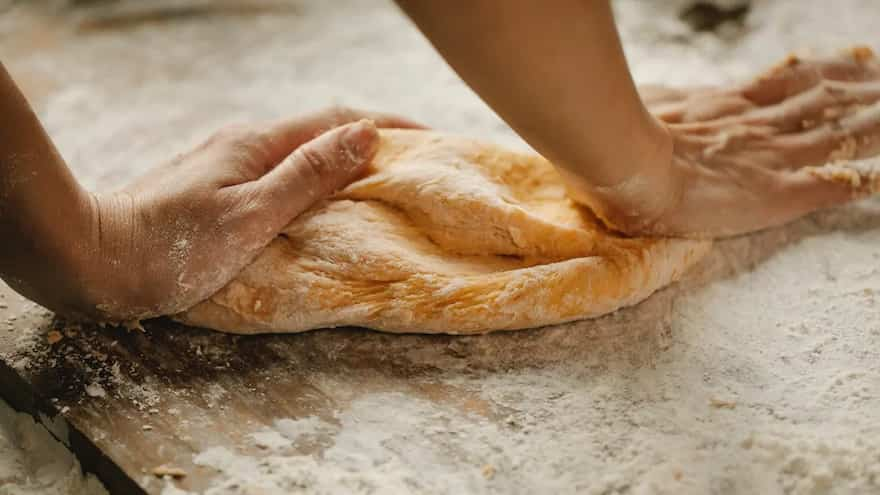There is an enhanced awareness of using healthier ingredients while making our favourite dishes. One such shift is towards baked treats by ditching all-purpose flour or refined flour and switching to whole grains instead. And it isn't merely a passing fad but going to stay. So, if you belong to this club and are trying your hands at baking with whole grains, certain tips can come in handy. Simply substituting whole-grain flour for all-purpose flour in a recipe designed for all-purpose flour will not yield the desired results. Try these pro strategies for fluffy, delicious whole-grain baked products.
Don't shy away from overmixing
 Whisking the batter, Image Source: Pexels
Whisking the batter, Image Source: Pexels
Most muffin and pancake recipes warn not to overmix the batter since doing so can cause the gluten to overdevelop, resulting in the pancakes and muffins falling flat. Whole-grain batters, on the other hand, are significantly more versatile. Overmixed whole-wheat flour pancakes are softer than all-purpose flour pancakes. The elastic gluten strands in whole-wheat flour are broken down by the bran and germ, allowing the air bubbles to expand and produce a lightweight, fluffier result.
Keep the hydration high
 Adding milk to cake batter, Image Source: Pexels
Adding milk to cake batter, Image Source: Pexels
In most yeast bread recipes, half of the all-purpose flour can be replaced with whole wheat flour without compromising the taste or texture. More hydration is the key. Add an extra 2 teaspoons of liquid for every cup of flour and let the dough sit for 20 to 25 minutes before kneading. It will allow the dough to absorb the extra moisture. When using sprouted whole wheat flour, aim for greater hydration doughs. Use 90% as much water as sprouted whole wheat flour, or almost the same. This is due to the increased moisture absorption of germinated whole wheat flour.
Use whole grains flavour
 Oats cookies, Image Source: Freepik
Oats cookies, Image Source: Freepik
Use the various flavours of whole grains to add another depth of aroma and taste to the cuisine. Oat flour can offer notes of butterscotch to a recipe, brown rice flour can add a caramel flavour, and teff flour, sorghum flour, and sprouted whole wheat flour add an extra, subtle sweetness. There is also increasing availability of ancient wheat flour, such as spelt flour, in the market.
Pay attention to freshness
The freshness of your whole-grain flours is critical for maximising sweetness and softening any bitter edge. Whole-grain flours contain beneficial fats in the germ of the grain, which, like all fats, can go stale if left out for too long. Buy no more flour than you can reasonably use within a few months. If you need to keep it for longer, putting flour in the refrigerator or freezer can also help extend its shelf life.
Go by the whole-grain colour
 Kneading the dough, Image Source: Pixels
Kneading the dough, Image Source: Pixels
There are different types of whole-wheat flour. The majority of those sold in supermarkets are made of firm red wheat. It has a sandy, beige tone and contains more protein than all-purpose or pastry flour. Whole-wheat pastry flour is made from soft wheat, which means it has a somewhat reduced protein content, making it ideal for cookies, pancakes, and the like. White whole-wheat flour is a popular choice among home bakers because it is derived from white wheat rather than red wheat. The lighter colour and gentler flavour make it a more discrete option for all-purpose flour, especially when baking for picky consumers.


